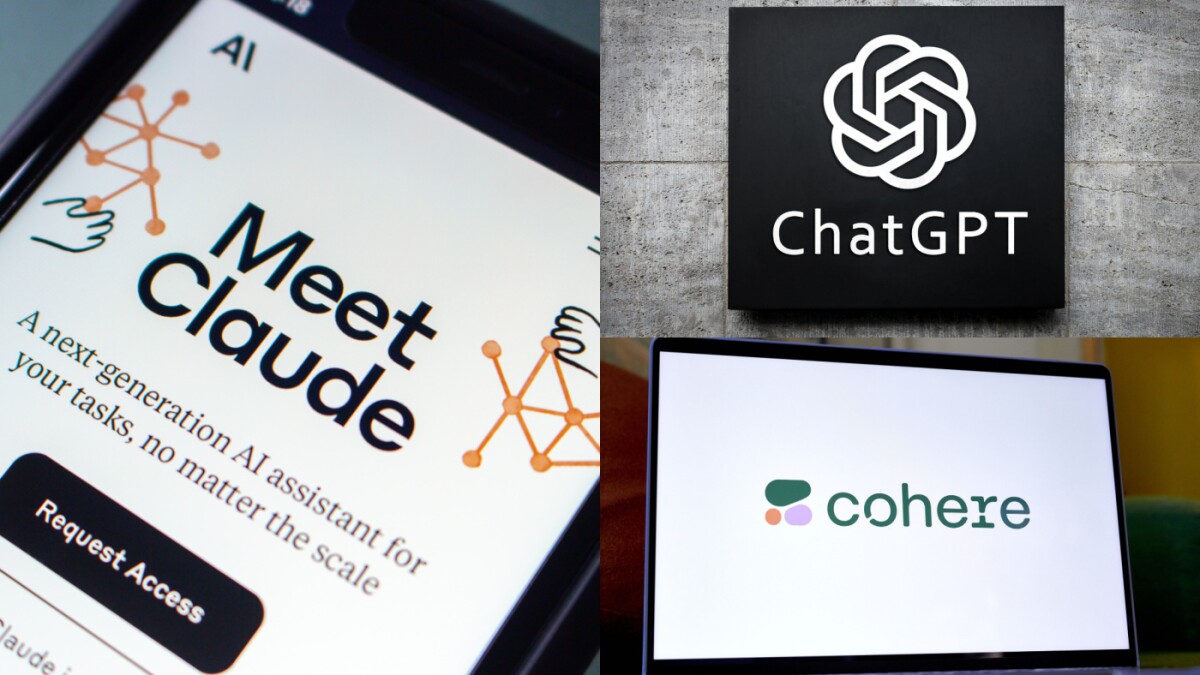Financial institutions are generally familiar with ChatGPT, but how does it compare to Anthropic’s model Claude and Cohere’s language models?
The practical uses of generative AI in banking are extensive and encompass tasks such as summarizing call center interactions, providing employees with copilots, ensuring compliance with loan regulations, and coding new core systems, as emphasized by Michael Abbott, the global banking lead at Accenture.
With a rising interest in generative AI within the banking sector—where 49% of financial services firms are in the process of adopting the technology and 19% are already seeing its benefits, according to a KPMG survey—questions persist about the initial steps, financial gains, and potential risks related to hallucinations, data privacy breaches, or outdated information.
In an interview, Abbott shared insights into how banks are effectively utilizing generative AI and their dedication to ethical and responsible practices.
In a recent Accenture report, you mentioned that generative AI could boost banks’ productivity by 20% to 30%. How do you envision this increase occurring? Can you offer examples of operational efficiencies that banks could attain through generative AI?
MICHAEL ABBOTT: Based on my experience with various generative AI initiatives, I’ve noticed that banks are concentrating on eliminating inefficiencies and adding value. For instance, many banks, irrespective of their size, are integrating generative AI for post-call summaries in call centers. Traditionally, summarizing a customer conversation could take four to five minutes. Now, with generative AI, this task can be completed in seconds, enabling the call center representative to swiftly review and confirm accuracy before integration. This simple modification saves four minutes per call. Additionally, mortgage loan providers are using generative AI to simplify the process of evaluating loan compliance with Fannie Mae requirements, identifying potential issues much quicker than manual review. These instances demonstrate how operational aspects in banking can achieve significant efficiency gains, potentially reaching 20% to 30%, although not all of this gain may have a direct impact on the bottom line.
Do you foresee job reductions or layoffs due to these efficiency enhancements?
This question arises frequently. In a discussion with a major bank’s chief operating officer, the sentiment was evident: the goal is to eliminate waste and add value, not necessarily reduce headcount. The emphasis is on freeing up employees’ time from non-value-added tasks to engage more meaningfully with customers, potentially leading to increased cross-selling and upselling opportunities. Many banks are adopting a strategy that prioritizes efficiency gains and revenue generation over cost-cutting. Leveraging generative AI to convert non-value-added costs into income-generating opportunities can be more advantageous for a bank’s top line. The revenue potential from generative AI is believed to outweigh the associated costs.
What revenue-generating opportunities do you anticipate with generative AI?
Banks worldwide have already employed generative AI to create personalized scripts for customer service representatives, enabling them to offer optimal rates to customers. Optimizing deposit beta rates, for instance, can yield substantial benefits with even minor adjustments. By crafting a variety of tailored scripts based on individual customer behavior, banks can expedite decision-making processes and enhance revenue streams. This is just one example of the revenue-generating potential of generative AI.
Despite the promising aspects of generative AI, there are inherent risks such as bias, hallucinations, and copyright infringement. How should banks and other organizations approach these risks?
Addressing these risks involves embracing the concept of responsible AI. While every bank already operates within a responsible AI framework, integrating this framework with generative AI models is crucial. These models, as you mentioned, have the capacity to generate content that may not always align with ethical standards. Thus, the prevalent approach involves human oversight, where generative AI serves to augment human capabilities rather than replace them entirely. This human-in-the-loop strategy ensures a safe and ethical use of generative AI, prioritizing customer well-being and regulatory compliance.
You previously discussed the co-pilot concept, which aligns with using generative AI to assist employees in various tasks. Do you anticipate this becoming a common practice?
The co-pilot concept is likely to become a prevalent use case for generative AI. It functions as a supportive tool, akin to having a chess master provide guidance during a game. While the final decision rests with the individual, having expert advice enhances decision-making processes. The co-pilot approach, where generative AI aids employees in tasks like drafting call summaries, is increasingly being embraced as a valuable resource.
Many banks are cautiously exploring the potential of large language models, primarily for internal purposes before full-scale implementation. Do you believe this approach strikes the right balance, or are banks progressing too slowly or rapidly?
The current approach can be described as cautiously aggressive. Banks are meticulously evaluating the impact on customers while actively experimenting with and scaling internal usage of generative AI. They are keen on understanding the technology’s potential and are simultaneously ensuring that all necessary standards and requirements are met before widespread deployment. This balanced approach reflects a commitment to both innovation and prudence in adopting generative AI.
How will banks with outdated core systems adapt to the integration of generative AI? Are they at risk of falling behind, or are there strategies to modernize legacy systems using generative AI?
Generative AI is positioned to revolutionize every aspect of banking operations, ranging from enterprise functions to customer-facing services. While certain parts of the bank may swiftly adopt generative AI, the challenge lies in modernizing legacy core systems, which constitute the backbone of banking infrastructure. Interestingly, generative AI is being applied to reverse engineer decades-old COBOL code, offering a transformative solution. This process, though not flawless, demonstrates significant progress in converting legacy systems into modern architectures. While legacy systems may initially pose constraints, generative AI presents an opportunity to unlock their potential, marking a significant advancement in banking technology.
So, by utilizing generative AI, banks can effectively reverse engineer legacy code to modernize their core systems, albeit with some manual intervention.
Indeed, the application of generative AI in reverse engineering legacy COBOL code represents a groundbreaking approach. While it requires human intervention and meticulous breakdown of components, the process enables the recreation of legacy specifications into modernized structures. This innovative method accelerates the transition to next-generation code, offering substantial time savings and efficiency improvements.






